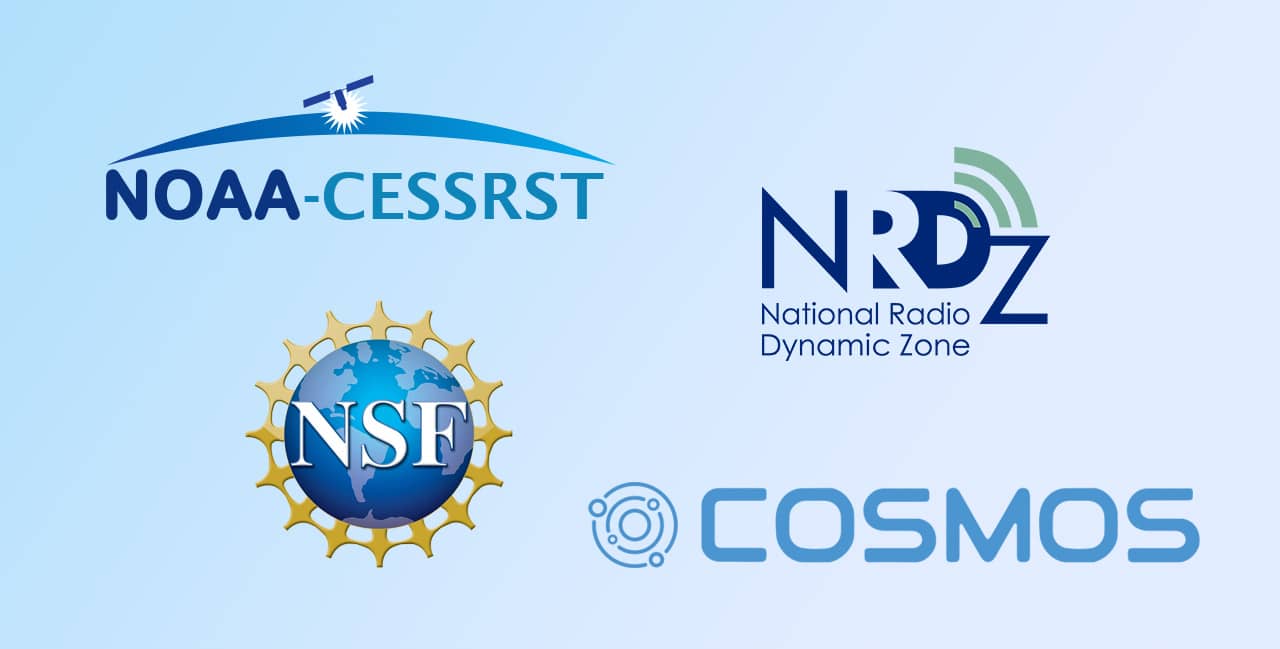
The COSMOS team and collaborators received a $1.25M NSF Grant from the Spectrum Innovation Initiative: National Radio Dynamic Zones (SII-NRDZ) program, titled “Spectrum Sharing via Consumption Models and Telemetry – Prototyping and Field Testing in an Urban FCC Innovation Zone.” COSMOS co-PI Prof. Gil Zussman (Columbia) is the project PI, and the co-PIs include COSMOS PIs Prof. Dipankar Raychaudhuri and Ivan Seskar (Rutgers), Prof. Carlos Enrique Caicedo Bastidas (Syracuse), Prof. Tingjun Chen (Duke), Prof. Barry Gross and Fred Moshary (City College of New York), and Prof. Kyle Jamieson (Princeton).
The project will investigate ways to share the electromagnetic (radio-frequency) spectrum using an automatic spectrum management system. This management system for spectrum sharing will be prototyped within and among disparate services such as communications and active and passive scientific uses. The project involves two facilities in West Harlem, New York City: (i) the COSMOS testbed sponsored by the NSF Platforms for Advanced Wireless Research (PAWR) program and (ii) the Cooperative Science Center for Earth System Science and Remote Sensing Technologies sponsored by NOAA (NOAA-CESSRST). The two facilities are within an Innovation Zone created by the FCC to facilitate research and testing, and provide ample opportunity for spectrum sharing experiments, potentially including (i) communications-passive sharing using a weather measurement radiometer at 28 GHz; (ii) terrestrial-satellite communications sharing using an environmental sensing satellite earth station receiver dish at 1.7 GHz or 7.7-8.2 GHz; (iii) communications-radar sharing using a weather monitoring radar at 9.5 GHz; and (iv) communications-communications sharing using unlicensed 5G cellular and WiFi networks at 6 GHz. The New York City dense urban environment is a stressful case for spectrum sharing. Techniques validated using these scenarios in an urban testbed are expected to function well in other cities as well as in less dense environments.
The automatic system to be prototyped is called the Zone Management System (ZMS), deployed within a Radio Dynamic Zone to be established around the two facilities. The ZMS represents a new spectrum management approach that combines a standardized, fundamental information model, measurement-assisted decision making, scalable spectrum sensing, and continuous risk analysis and management. The fundamental information model of the ZMS is the Spectrum Consumption Model (SCM), recently standardized as IEEE 1900.5.2. SCMs capture the transmission and reception spectrum usage boundaries of wireless systems so their compatibility (i.e., non-interference) can be arbitrated by efficient and standardized computational methods. This project will develop techniques for efficiently generating SCMs and leveraging them in a large-scale ZMS. The outcome of this project will be spectrum sharing and interference management algorithms which use SCMs and measurement feedback to achieve high spectrum efficiency, low processing complexity and communication overhead, and scalability. Additionally, an adaptive scalable framework for spectrum sensing in a dense environment will be developed. The adaptation is controlled by a risk analysis subsystem that focuses monitoring resources on devices and situations most likely to cause interference, and to rapidly detect malicious actors. The ZMS, envisioned as an enabler of the broader concept of Radio Dynamic Zones, will be evaluated via simulations and via real-world experimentation at COSMOS and NOAA-CESSRST.


